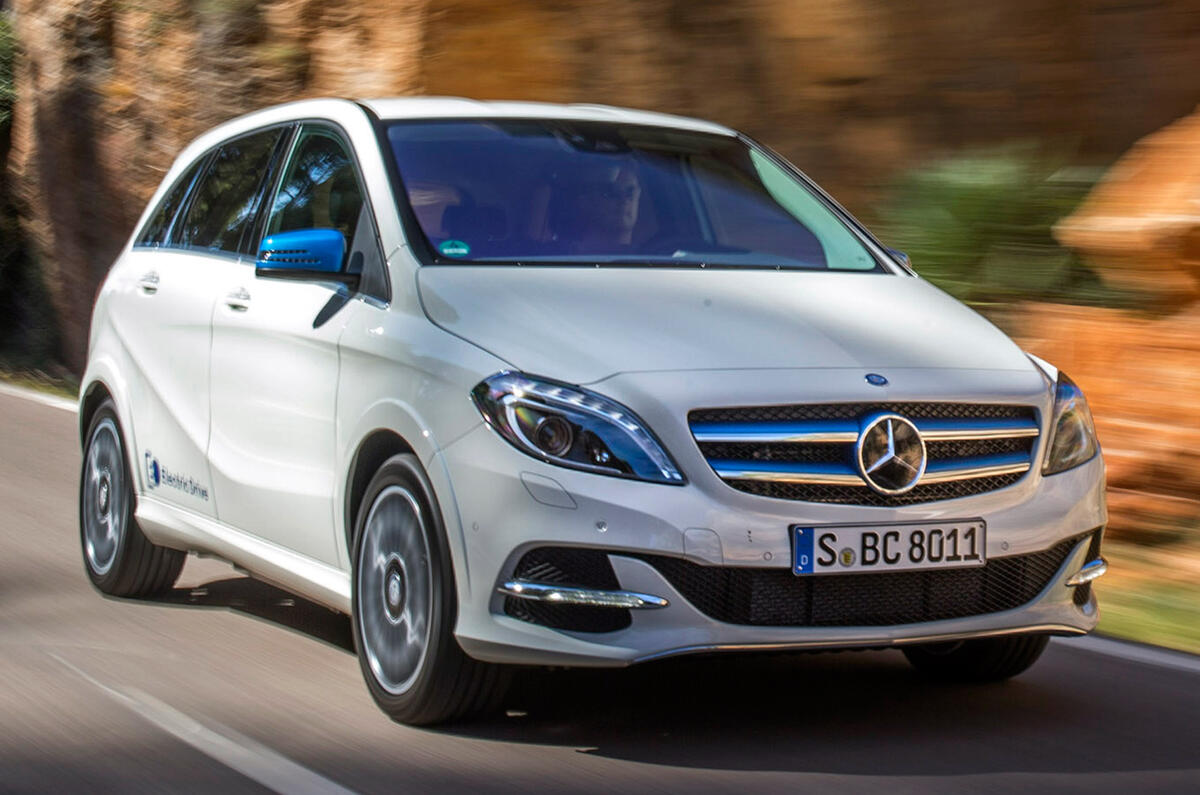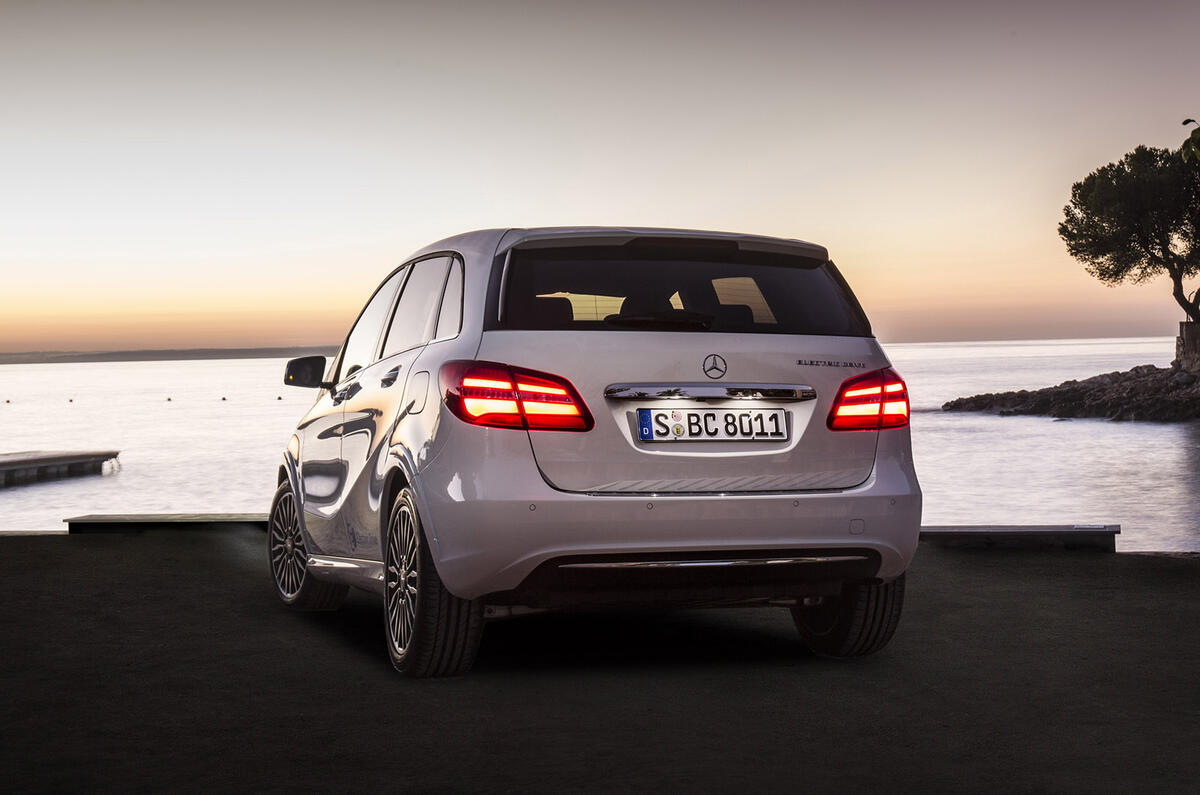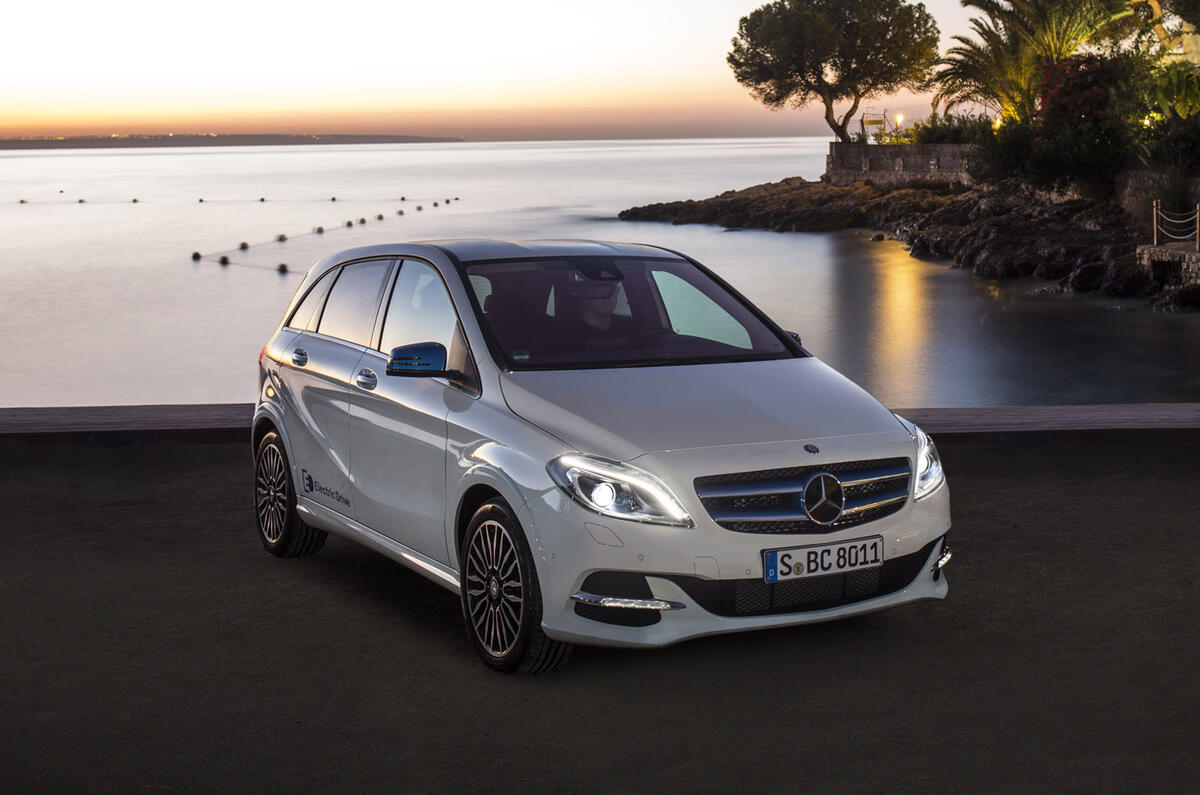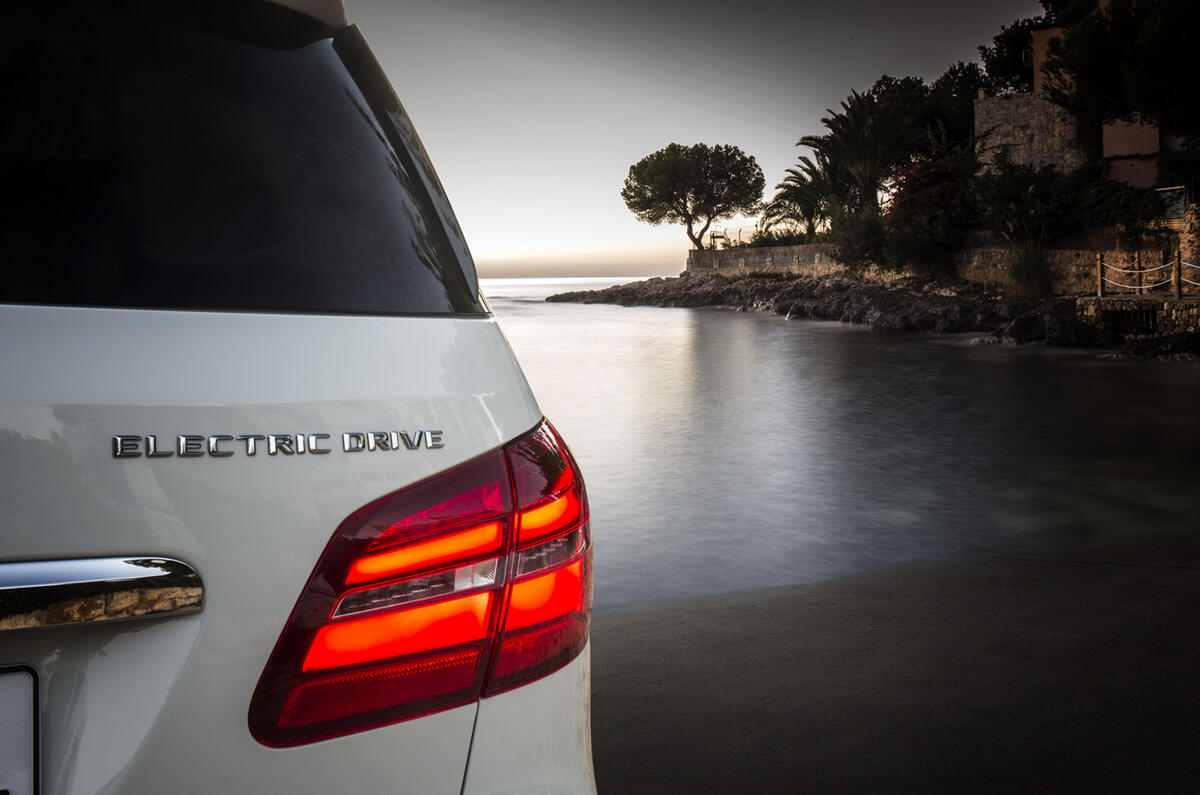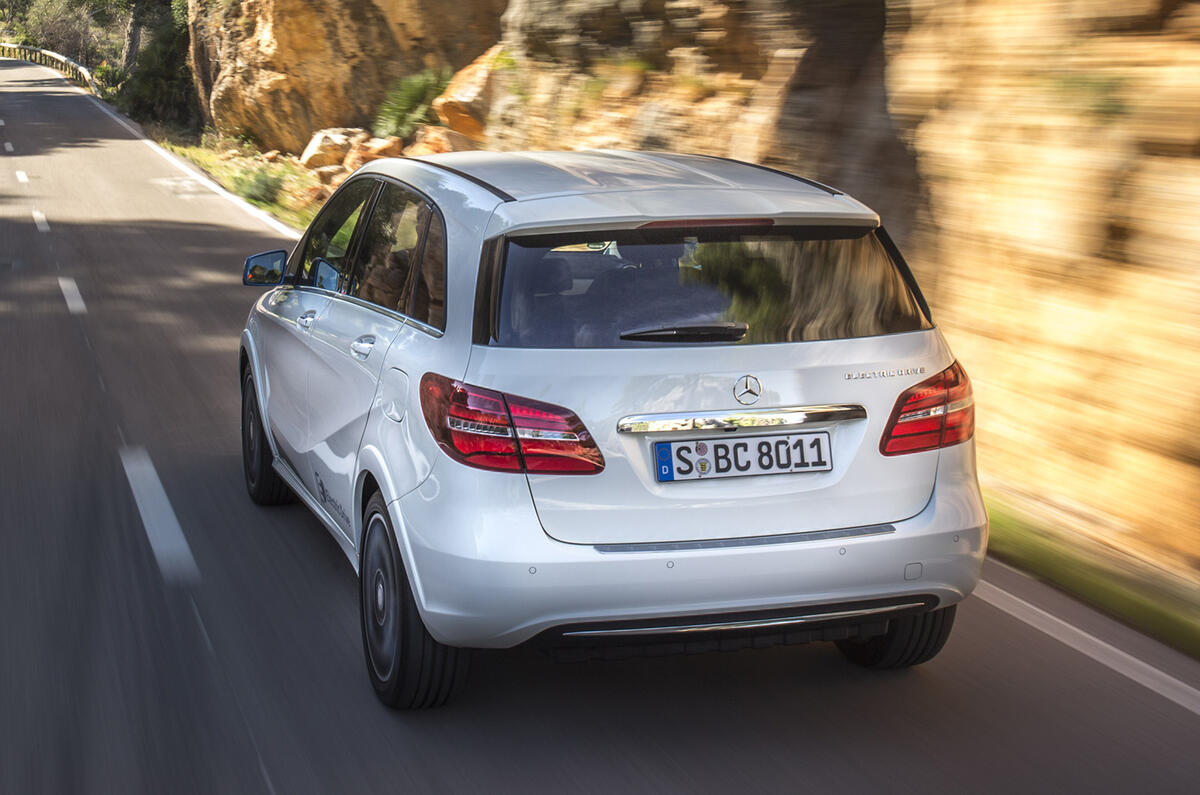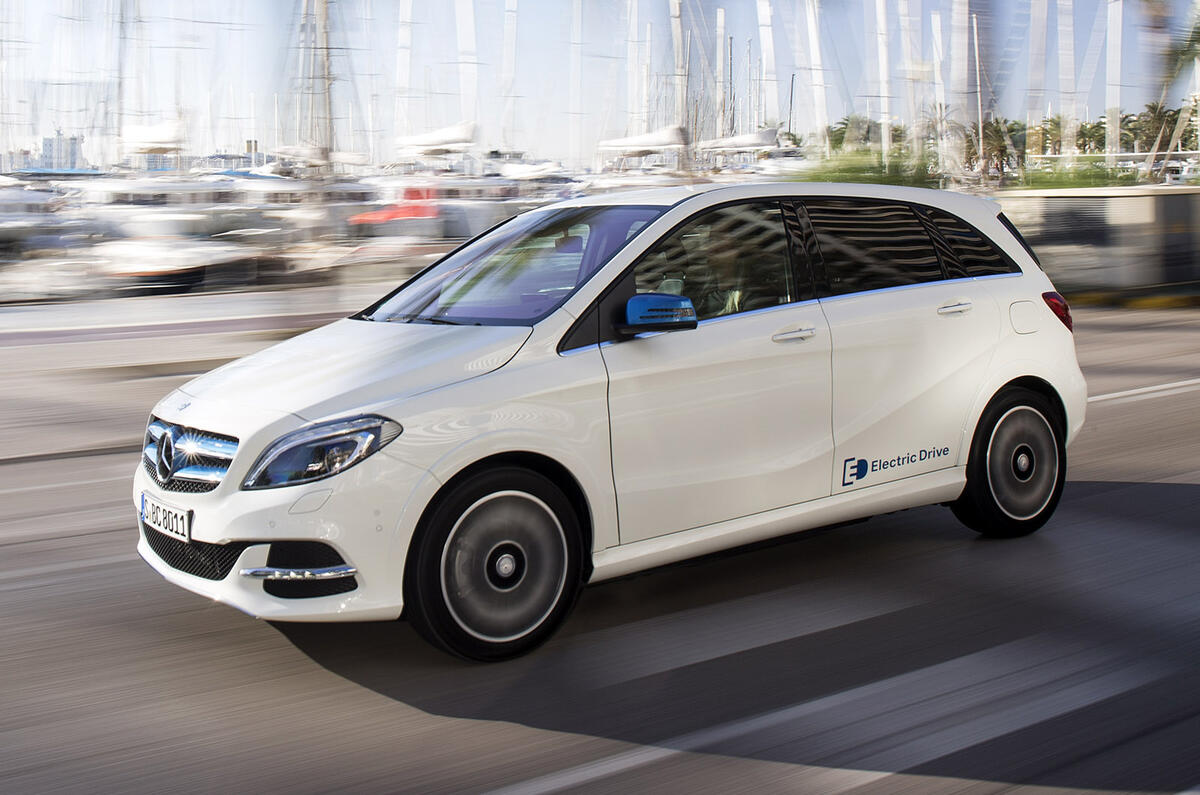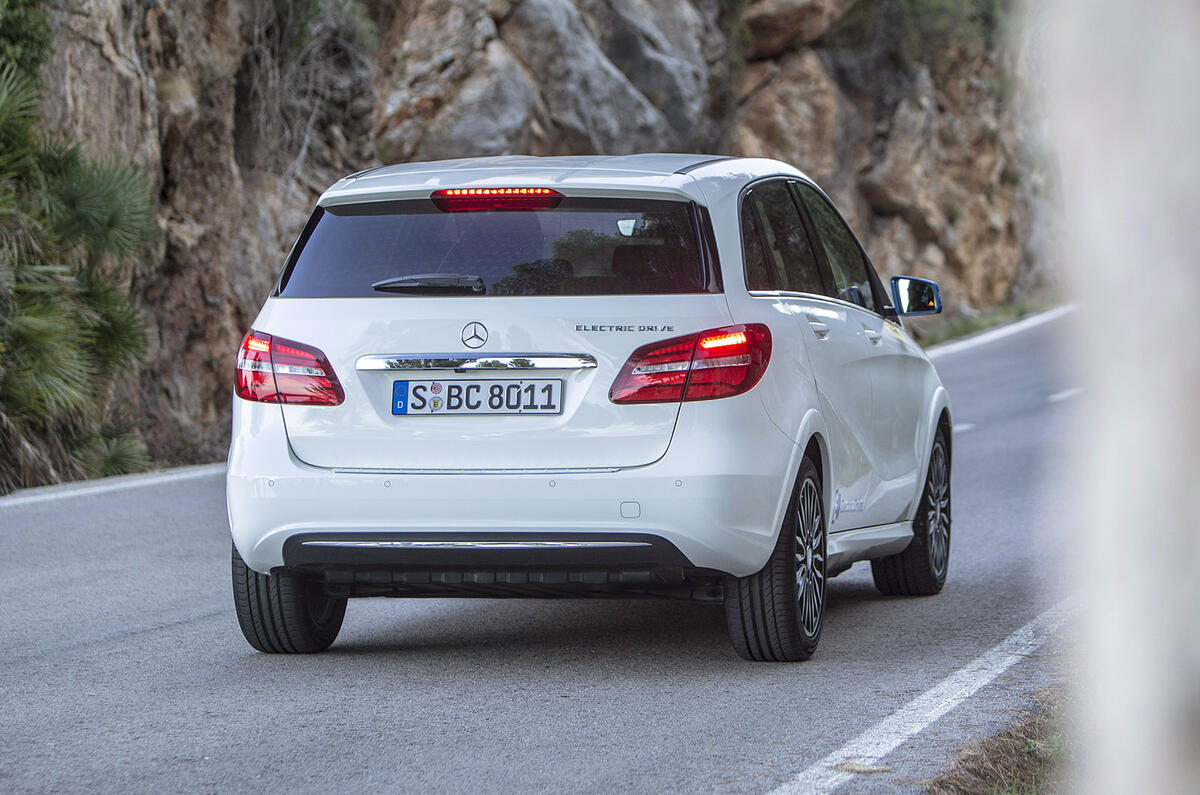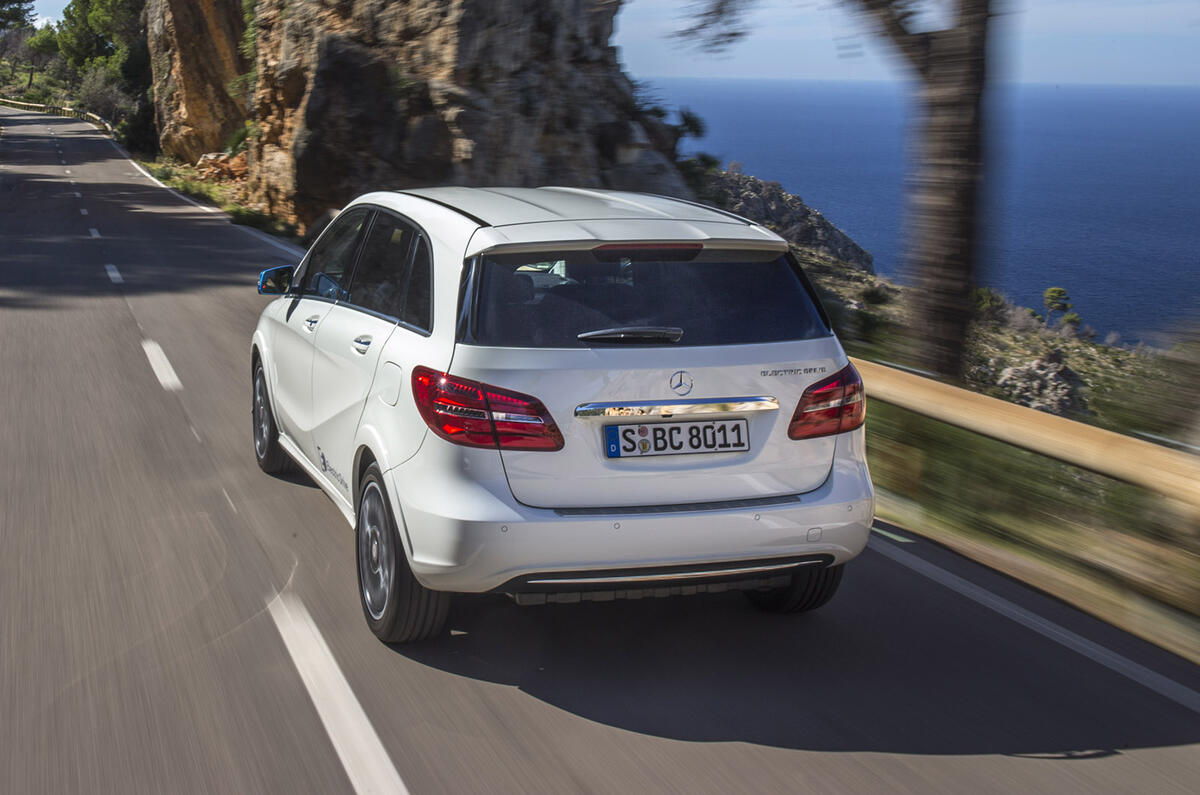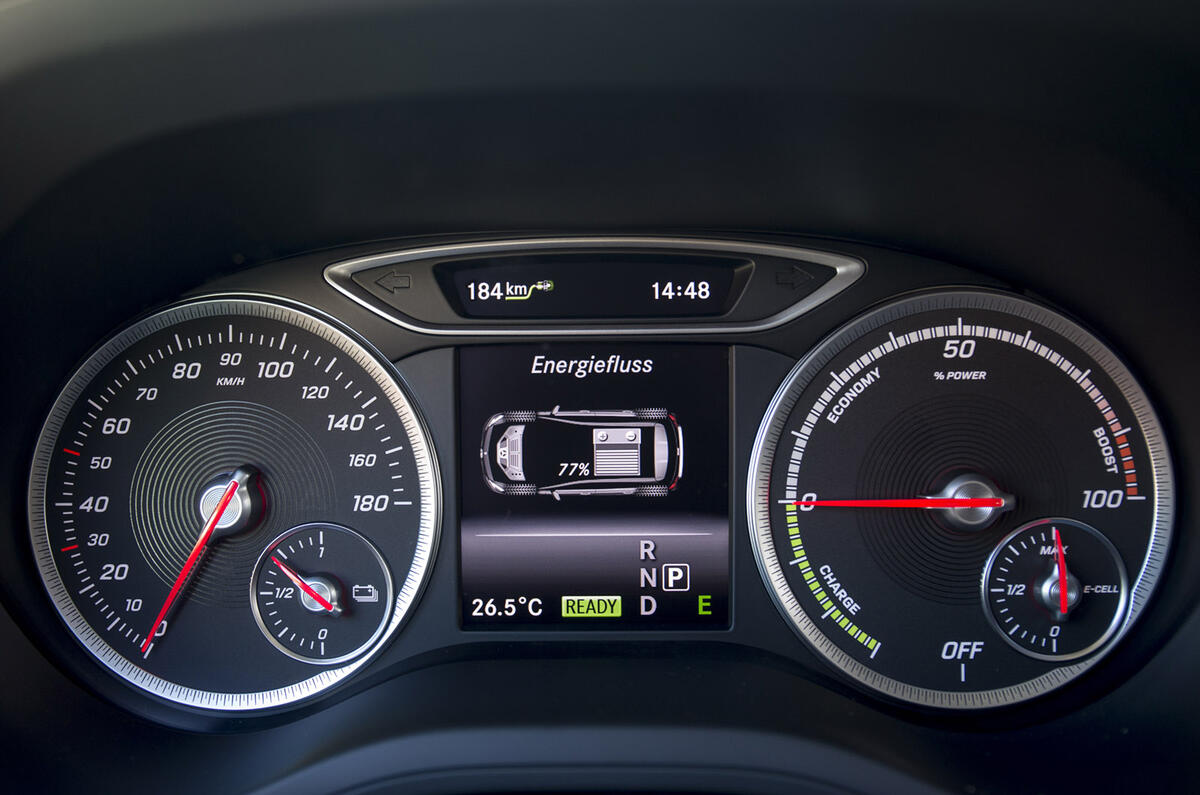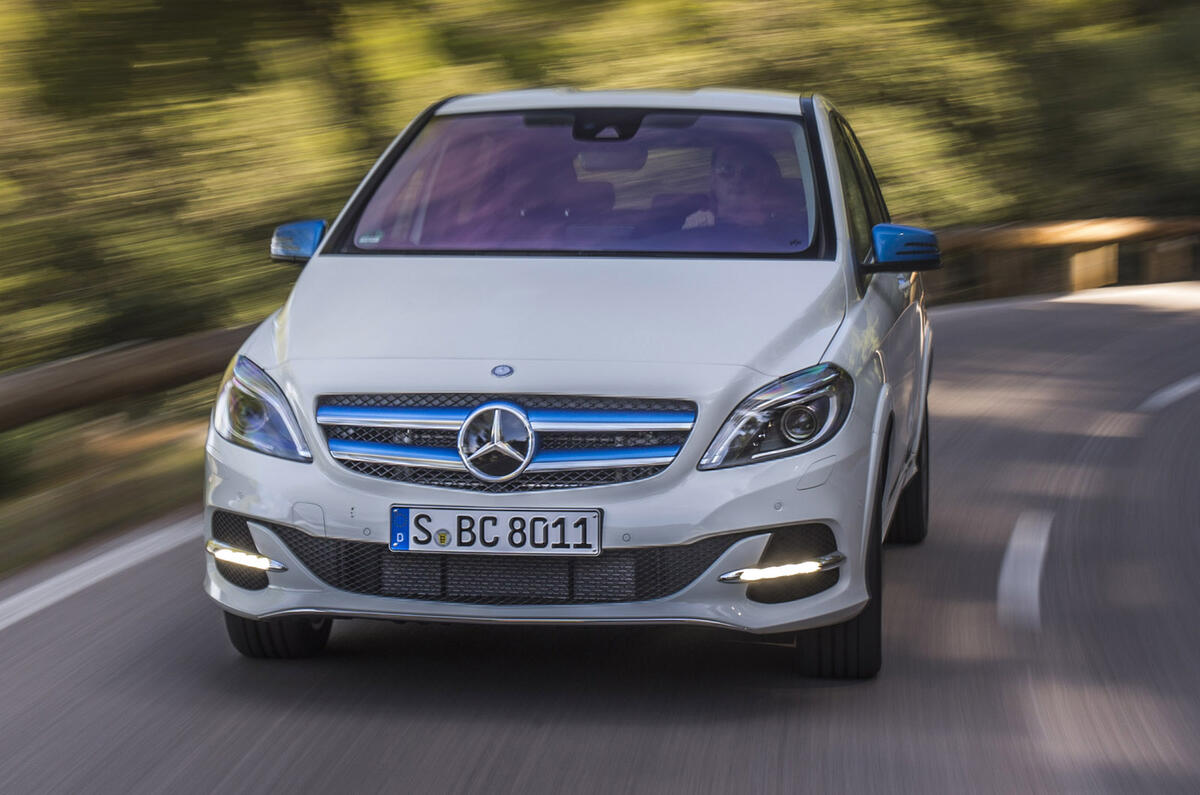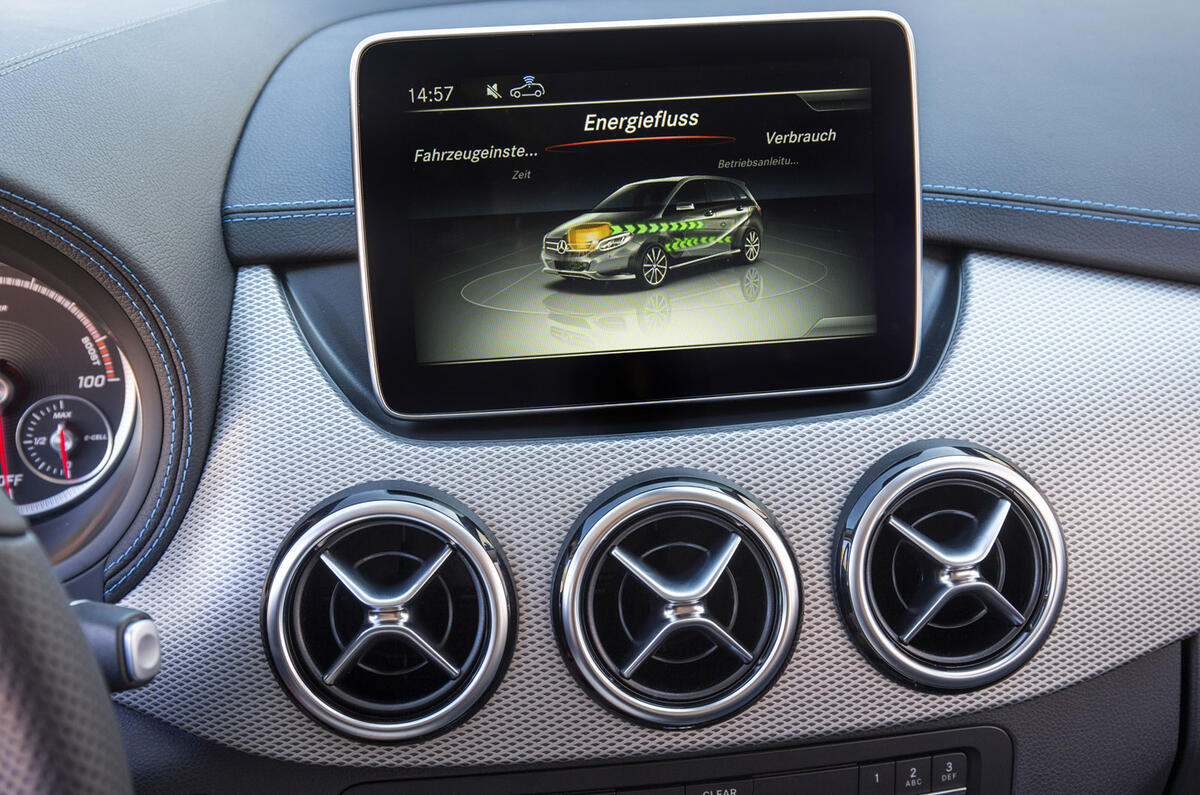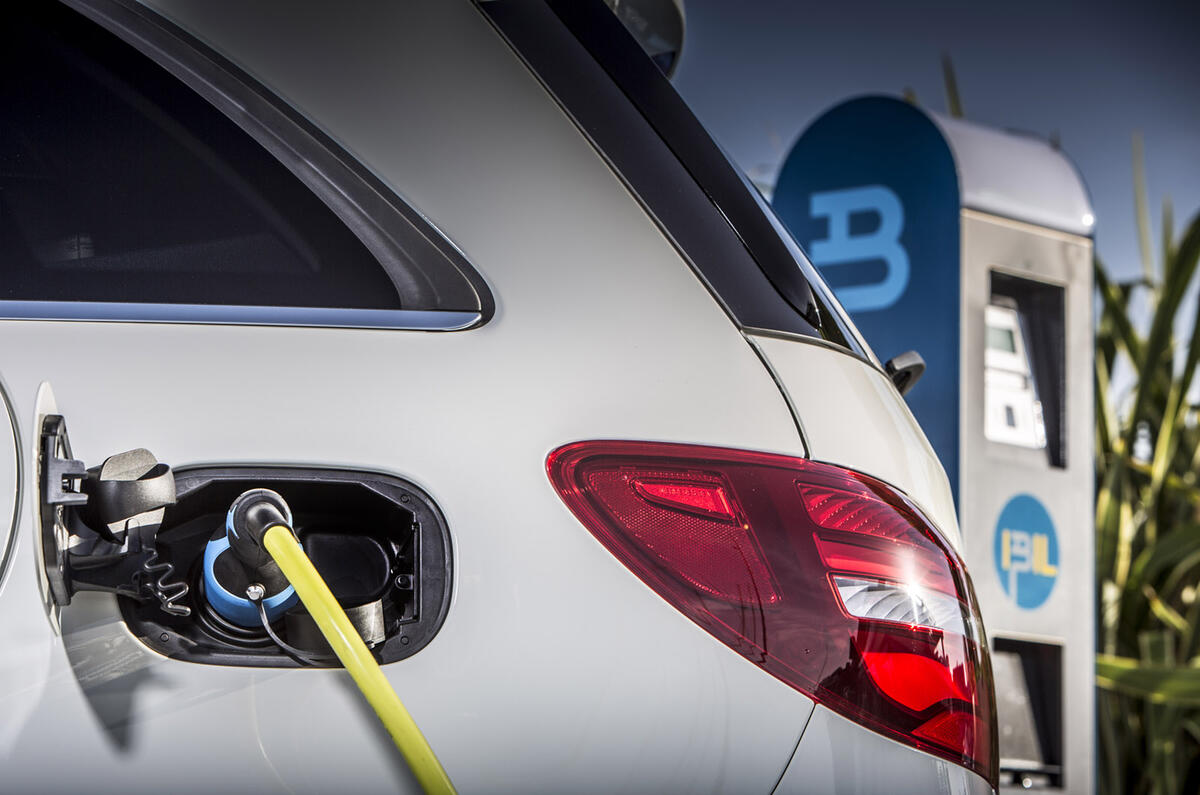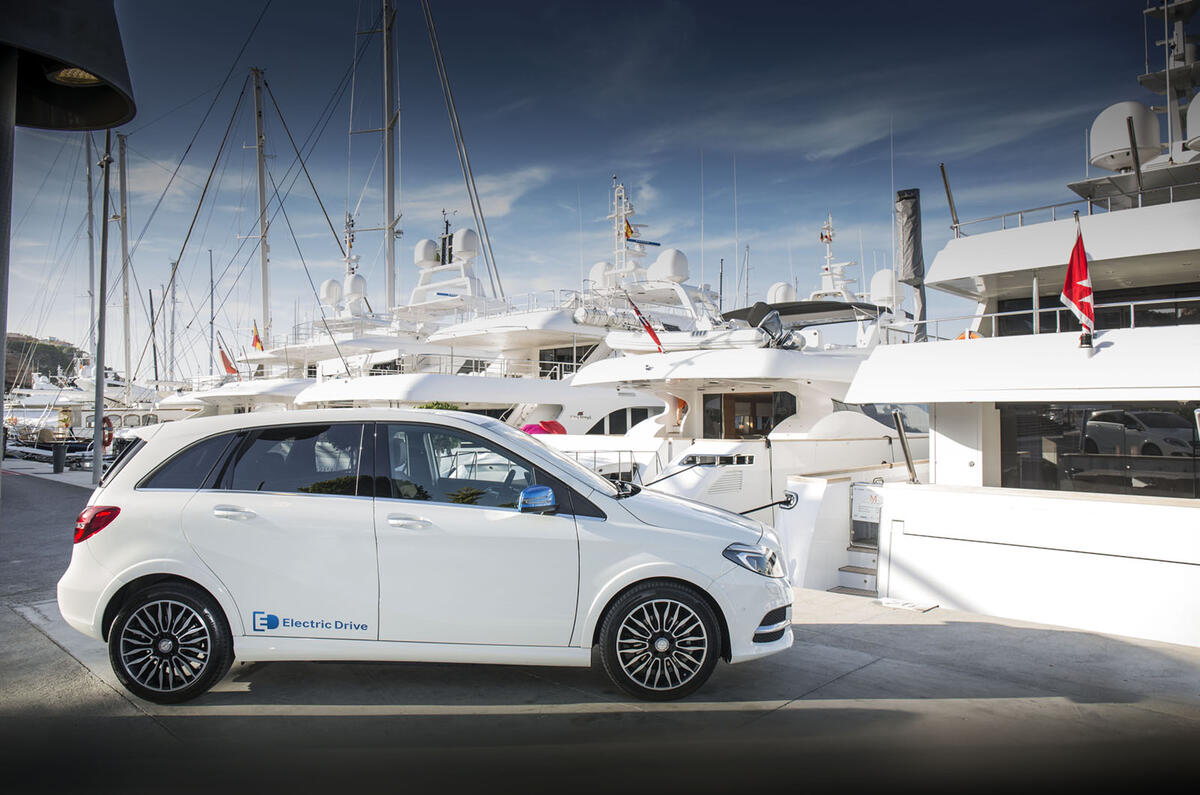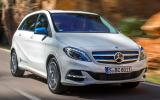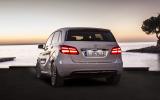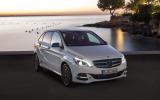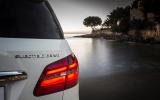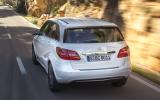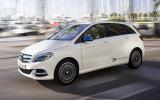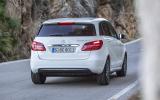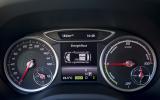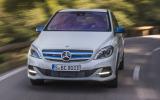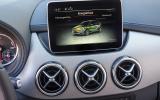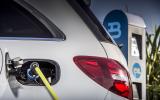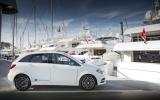This is the Mercedes-Benz B-Class Electric Drive, the manufacturer’s pure electric version of the newly facelifted Mercedes-Benz B-Class.
Rather than follow the lead of the BMW i3 and build an electric car around an all-new architecture, this EV is based on the standard production car, which has needed the minimum of amount engineering changes.
Taking inspiration from the original A- and B-Class models, the new-generation car has the option of a ‘sandwich’ version of the rear half of the car’s platform. Called the ‘Energy Space’ by Mercedes, raising the floor in the rear half of the cabin frees up underfloor space, which, in the EV, accommodates the lithium-ion battery pack. This space is also used by the natural gas-powered version of the B-Class to accommodate three gas tanks.
The upshot is that the B-Class is as effectively as spacious as the mainstream versions, which means a good 500-litre boot, generous head and legroom and the option of a fold-forward front passenger seat, which allows loads well over two metres long to be swallowed.
The electric drive system has been sourced from Tesla (interestingly, the day this production car was launched to the press was same day Daimler disposed of its four per cent stake in Tesla, which it had held since 2009).
The B-Class Electric Drive has a three-mode operation. Economy Plus – designed for constant steady-speed journeys – reduces the output of the motor to just 83bhp and top speed to 68mph. Economy reduces output to 132bhp and Sport offers the motor’s full 179bhp. However, the two Economy modes can be overridden and full power and torque accessed by the driver using the kickdown function.


